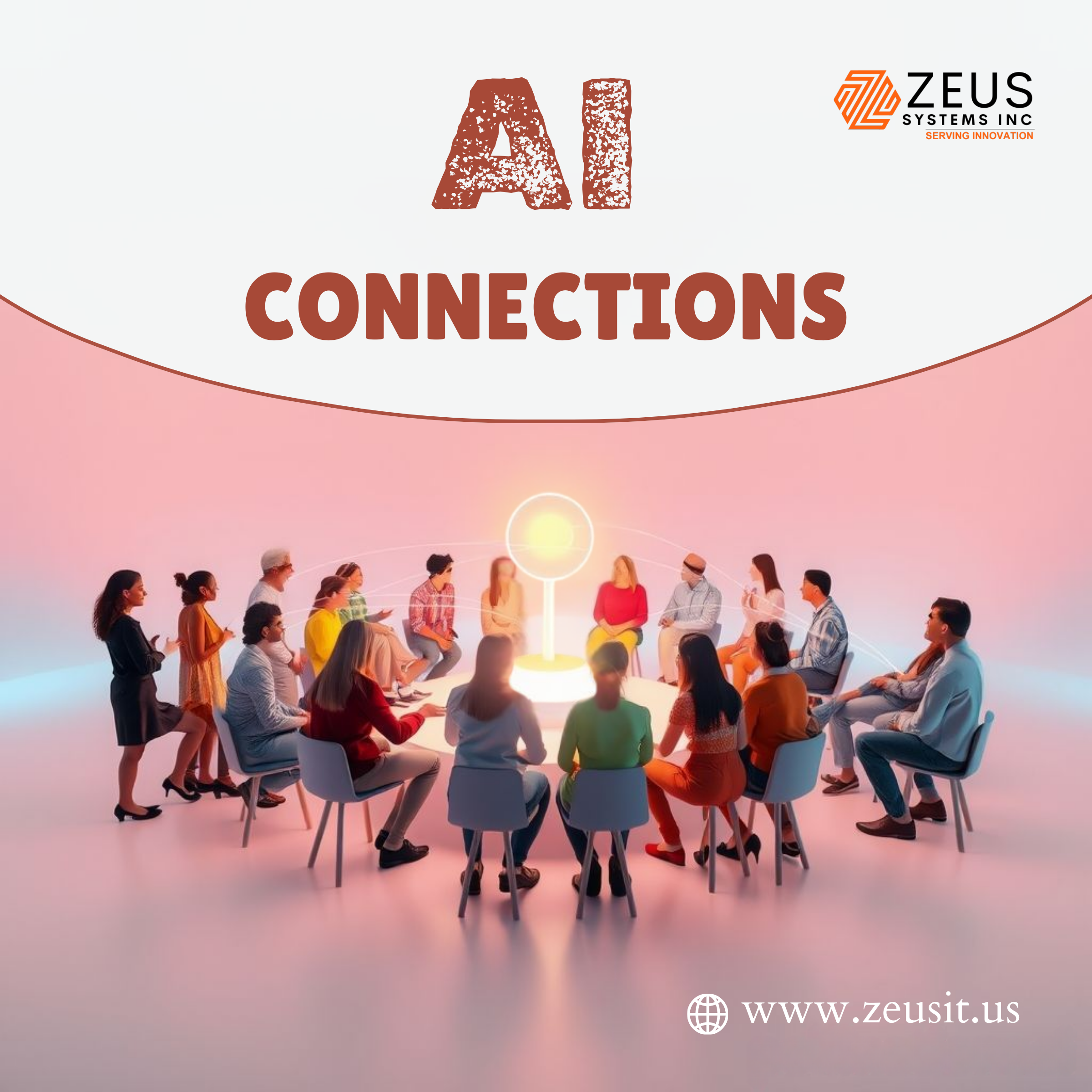Solar‑Thermal Modular Energy Systems for AI Data Centers
AI infrastructure—especially training large models and serving inference at scale—demands massive, always‑on power. Traditional solar + PV + battery solutions face limitations: batteries degrade, PV output is intermittent, supply chains for rare material ...
Bass Beats Fire: Acoustic Flames Suppression Systems for Sensitive Spaces
Imagine a world where a resonant bass pulse—deep, powerful, and precisely tuned—puts out fires in delicate environments without using chemicals or water. This isn't your garden‑variety fire extinguisher; it's a sonic guardian configured for sterile zones ...
Manufacturing & Industry – Industrial Metaverse Integration
In the evolving digital landscape, factories are on the brink of a radical metamorphosis: the Industrial Metaverse. This is not merely digital twins or IoT—it’s an immersive, interconnected virtual layer overlaying the physical world, powered by XR, AI, ...
AI-Mediated Social Networks: Multiplayer Mode for Human Connection
The Next Frontier in Social Interaction: From Individual AI to Collective Connection The advent of artificial intelligence has already transformed individual interactions in the digital realm—AI chatbots and personalized recommendations have become th ...
Proxima Fusion’s Stellaris QI Stellarator: Forging a Radical Path to Commercial Fusion Power
1. A New Dawn in Stellarator Design: Quasi‑Isodynamic + AI‑Driven Evolution At the heart of Proxima Fusion’s ambition lies the Stellaris concept, the first peer‑reviewed stellarator design blending physics, engineering, and operational maintainability ...
Ultra‑Fast Spin Photodetectors: A New Era of Optical Data Transmission
The Dawn of a New Quantum Era in Optical Communication In the fast-evolving world of technology, few innovations have the potential to reshape the future of data infrastructure as dramatically as the new spin photodetectors developed by Japanese tech ...
AI Agentic Systems in Luxury & Customer Engagement: Toward Autonomous Couture and Virtual Connoisseurs
1. Beyond Chat‑based Stylists: Agents as Autonomous Personal Curators Most luxury AI pilots today rely on conversational assistants or data tools that assist human touchpoints—"visible intelligence" (~customer‑facing) and "invisible intelligence" (~op ...
Retail 2030: The Rise of Sentient Stores with AI‑Driven Digital Twins
How Lowe’s and Nvidia Are Pioneering the Next Retail Revolution with Spatial Intelligence and Predictive Sentiment Modeling The Digital Twin Evolves: From Replica to Retail Brain The retail industry is on the cusp of a new cognitive era — an era wh ...
Cognitive Storage: Supercapacitors and the Rise of the “SuperBattery” for AI-Mobility Symbiosis and Sustainable Grids
In the evolving arena of energy technologies, one frontier is drawing unprecedented attention—the merger of real-time energy buffering and artificial cognition. At this junction lies Skeleton Technologies' "SuperBattery," a groundbreaking supercapacitor- ...
Subsurface Swarm Bots: Autonomous Nano-Rovers for Reservoir Optimization
1. Introduction Imagine fleets of microscopic robots—nano- to millimeter-sized swarm bots—injected into oil and gas reservoirs, autonomously exploring pore networks and mapping subsurface geophysics in real time. This paradigm combines robotics, AI, n ...










